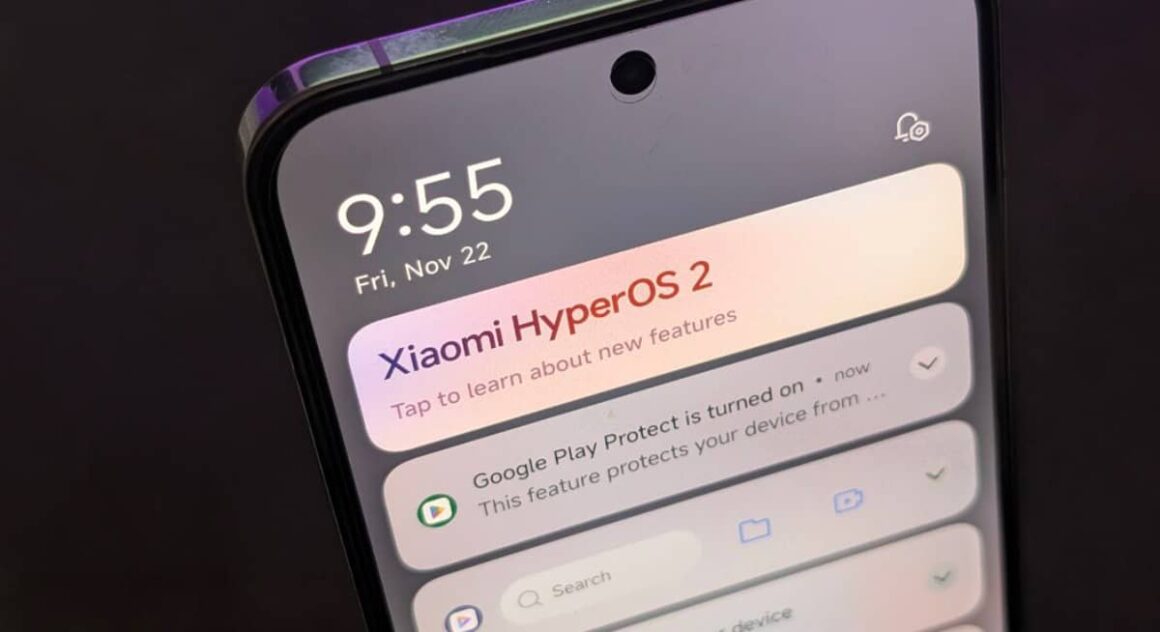Xiaomi officially introduced HyperOS in late 2023, marking the end of its MIUI branding era.
HyperOS was launched as part of the company’s vision for a unified operating system across all its devices, aiming to tie everything together under the HyperConnect ecosystem.
However, while the name has changed, the underlying structure is rooted in MIUI’s legacy.
MIUI’s Legacy Behind HyperOS
Despite Xiaomi dropping the MIUI name for public-facing marketing, the MIUI numbering convention has not been abandoned.
The versioning behind HyperOS 3 is, in fact, MIUI 17. Here’s a breakdown of the lineage:
- HyperOS 1 = MIUI 15
- HyperOS 2 = MIUI 16
- HyperOS 3 = MIUI 17
Why HyperOS 3 Equals MIUI 17
The connection between HyperOS 3 and MIUI 17 becomes evident when examining Xiaomi’s system apps.
As new versions of HyperOS are rolled out, system apps like Phone and Messages are updated to match the version number:
- HyperOS 1 apps started with version 15.
- HyperOS 2 saw apps jump to version 16.
- Now, HyperOS 3 is launching with apps corresponding to MIUI 17.
In addition, Xiaomi firmware codes have also made direct references to MIUI 17, reinforcing that despite the rebranding, the development foundation remains deeply tied to MIUI.
Why Xiaomi Kept the MIUI Numbering
Even though Xiaomi has moved away from publicly using the MIUI name, the versioning system continues to play a crucial role in their development process. It ensures:
- Continuity in software updates
- Compatibility between apps
- Efficient UI and app development
The MIUI system remains central to Xiaomi’s software strategy, and HyperOS 3 will carry this heritage forward, bringing enhanced optimizations, advanced AI integration, and better connectivity features.
Final Thoughts: A New Name, Same Core
While HyperOS 3 doesn’t directly carry the MIUI 17 title, its in-house development continues MIUI’s legacy.
Long-time Xiaomi fans will recognize the connection and understand the evolution from MIUI to HyperOS, knowing that the core technology has simply evolved under a new branding.

